The elephant in the living room
As a child of the ’60’s, I often heard the phrase, “the personal is political.” I never quite understood what this meant. It has taken me fifty plus years to finally “get it.” How I live in the social structure of the border is both personal and political. So if this posting strikes you as overtly political, well it is.
I live on the border of two countries, Mexico and the United States. It is like living in a third country—the borderlands. I shop for groceries, fresh tortillas, and cowboy boots in Nogales, Arizona, and feel very much the international traveler when I cross into Nogales, Mexico for my dental care (which is excellent, by the way), a special lunch at La Roca, prescription drugs and even medicines for our dogs. Stepping through the customs gate and the infamous Wall is stepping into another world. It looks and feels like another country. The sidewalks are uneven and a bit precarious to navigate. There are shops and food venues on side streets and alleyways, and music and life is everywhere. Yaqui Indians are dancing in the plaza and kids are playing soccer in the park. There is so much to see, it is difficult to keep from tripping over the curbs or getting run down by a taxi. You know you are in Mexico immediately.
Living on the border can be a schizophrenic experience with two different realities happening at once. Most people speak two languages. Restaurants serve an interesting mix of Mexican and American cuisine. Chips and salsa are automatically placed on your table. Chilis are roasted in front of my local grocery store each autumn. I dodge cattle and cowboys on horses when I drive to town. Children selling Girl Scout cookies approach me in both Spanish and English hoping for a sale, the youngsters being fluent in both languages.
And then there is the dark side.
Newspapers and TV broadcasts are full of catastrophic tales of mayhem and violence on both sides of the fence. Arizona lives with the fall-out from Senate Bill 1070, a tough anti-immigration law which allows State law enforcement to stop and question the legal citizenship of anyone that looks suspicious. Sheriff Arpaio of Phoenix receives media attention every time he opens his mouth, bragging about his attempts to humiliate prisoners who have crossed the border without proper papers. A few weeks ago while driving to Nogales I spotted two Border Patrol officers with weapons drawn running across the desert, easily visible from the freeway. Who were they chasing? My guess is that they had spotted some weary migrant travelers heading toward el norte with hopes of a job and a safe harbor. Things do get a bit dicey out there.
I venture to say that a high percentage of our esteemed State Legislators have not been to the border of Mexico for twenty or more years. They believe what they hear and read, and fear what they have never experienced. Many fan the flames of crime and violence on the border. They have drunk the Kool-aid. And of course no one wants to talk about the crime and violence in the State capitol, Phoenix.
Now, I am fully aware that Mexico has problems—the global economy has created a wave of poverty that has swept both urban and agricultural areas. The insatiable appetite for illicit drugs in this country (U.S.) has created a system of crime and lawlessness in the trafficking of drugs across the border. People who cannot survive economically in Mexico attempt to cross our borders without visas or documentation looking for work. And on and on. Mexico’s problems are inextricably bound to the U.S.
We have met the enemy, Pogo, and he is us.
But come Tuesdays, I cross the line along with my Samaritan colleagues, casually waving at ICE (Immigration Customs Enforcement), the Border Patrol, and U.S. Marshals as I walk to el comedor. They give me a cursory nod and gaze into the distant hills of Mexico. The migrants greet us with a soft “ buenos dias,” gratefully accepting whatever help we can offer. Danger? Well, it just doesn’t enter my mind when I am helping serve breakfast to 200 hungry souls.
And then there is the other side of the picture.
The bright side.
There is the work of the Santa Cruz Community Foundation (SCCF) which does a variety of cross-border tours and projects on both sides of the line helping to dispel the negative press and media sensation for which Arizona has become famous. I am a new member of this group and am still on a learning curve here. Driving to Nogales, Sonora, I attended an exciting meeting along with SCCF Board members a few days ago as guests of prominent Mexican businessmen and women to discuss some of the issues our border community faces. We met in a lovely home a few miles across the border in Nogales, Sonora in a residential neighborhood of beauty and graciousness. This group of businessmen (Fundacion del Empresariado Sonorense, A. C., or FESAC) wishes to collaborate with SCCF to dispel the constant barrage of negative press hoping to increase trade, business and tourism in Ambos Nogales. Ambos Nogales refers to both Nogales, Arizona, and Nogales Sonora—sister cities that have thrived and survived quite nicely next to each other for 200 or more years. The town motto, Juntos por amor a Nogales, means “United by the love of Nogales”. This lovely motto has been irreparably challenged by the shadow of the Wall which now divides Nogales, Mexico from the U.S.
Looking at that Wall, it feels like I live in a gated community for rich white folks.
So there we were, our seven-member entourage of SCCF members seated with ten prestigious businessmen from Nogales, Sonora. Their earnestness in discussing the dreams and hopes for this struggling city was both touching and infectious. The proverbial elephant in the living room— the violence of Mexico—was openly discussed and confronted. The border looks like a military war zone, with State and Federal troops patrolling as cars and pedestrians do their best to ignore the weaponry. The fears of Americans to visit Mexico were placed in this forum of ideas for everyone to see. This was a committed group of businessmen who own and operate maquilas, (factories in Mexico) the hospitals, a shelter for abused children, a brand new day care center, and housing developments.
And how can FESAC and SCCF collaborate? Our Mexican friends are most interested in supporting violence prevention programs in Mexico through state-of-the-art pre-schools for youngsters, and after school activities for young men and women. They were honest and candid about the issues of Sonora and the need for programs and interventions to increase the safety and liveability of Nogales. Passionate about ending the violence, they believe that reaching young people is an important step in curbing drug trafficking and crime. It is also the way to promote business in Ambos Nogales and recreate the charm of this border town.
And by the way, Nogales, Arizona has one of the lowest crime rates in Arizona. Jeffrey Scott Kirkham, the police chief in Nogales, the busiest legal port of entry in Arizona, said his city’s crime rate was very low, with two homicides in the last seven years.
Frankly, I love Arizona and I love Mexico. Living on the border feeds into my love of both cultures. I have never had a bad time in Mexico. What’s not to like? The food is full of color and heat, the margaritas are simply the best, and the people—well, their generosity and spirit and love of family are what a good life is all about. I am often embarrassed, ashamed and astounded at what comes out of the Arizona State Legislature. Feeling more at home in the borderlands with its delightful mesh of customs and culture, I could not live anywhere else.
So here’s the deal. The Santa Cruz Community Foundation will soon be presenting its signature event of the year, Folklorico ’12, on April 28. It will be a celebration of life on the border, complete with an elegant dinner, a ballet troupe from Mexico, and dancing the evening away to live music from our historic past. The event is a step back in time and will be held on a lovely desert evening at the Tubac Presidio State Park, in Tubac, Arizona– one of the oldest European settlements in America. I will be there decked out in some sort of regional dress celebrating 400 years of our colorful history. Usually I don’t advertise an event on this blog, but this one is worth touting. This is a major fund-raising event for the betterment of life in the borderlands. Monies collected will be ear-marked toward projects which address the quality of life on both sides of the border.
Call SCCF at: 520-761-4531 for tickets and information about Folklorico ’12. Become a sponsor! Reserve a table!
I look forward to celebrating the cultural richness of this special place with a toast to our borderland heritage. I guarantee that the margaritas will be deliciosas! We all must create a dialogue about our common interests and love of Mexico and the border. We have a LOT to talk about.
See you at Folklorico ’12!

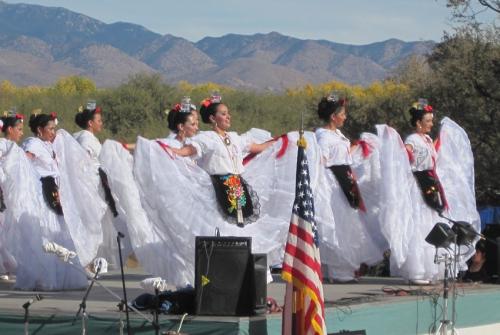
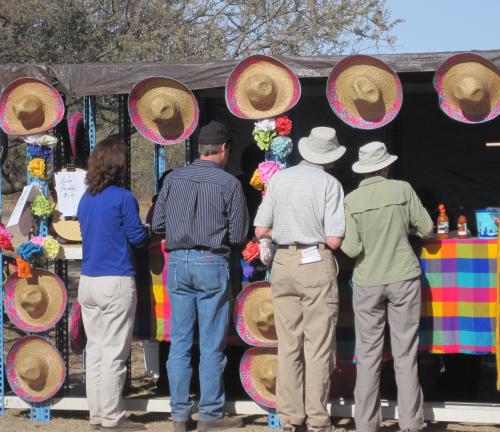

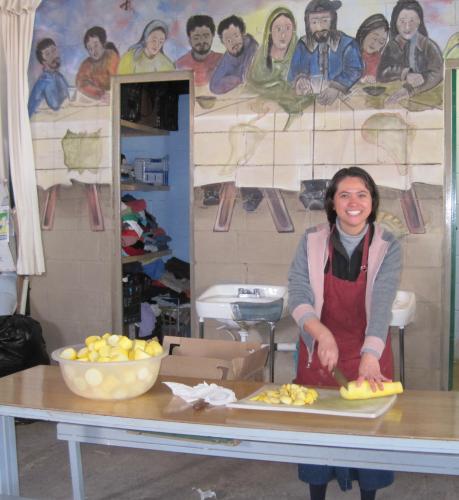
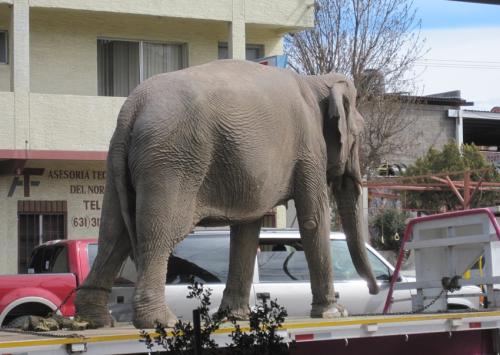
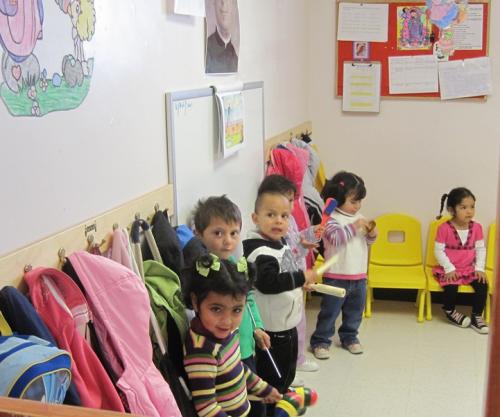
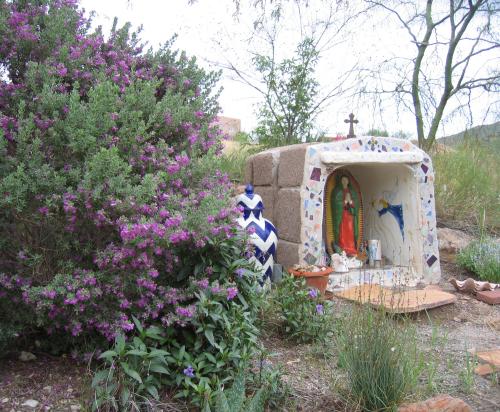

Peg, thanks for all the really interesting new info
that many of us never would have known about.
There are some really positive things going on.
As always, you wrote with conviction and there is
a lot to this story to tell, Plus- you make it a fun read !!
So glad you love to live here; I feel the same . Wouldn’t
be as happy anywhere else………….. Robin
Are you sure you weren’t a Fundraising Director in your former life? You paint a great picture of the community and… Oh, how I wish I could attend the event!
Amy,
You are my role model for staging events. The Republic of Georgia is so fortunate to have you in the Peace Corps. And I encourage anyone who hasn’t read your blog to check out: http://sunburnedsoul.wordpress.com
You are the best ambassador for peace I know. Hope spring is coming to Batumi! –Peg
Folklorico sounds amazing, and I so wish I could go to– and bring my mom and grandparents. They would all love it. I don’t think this entry was too political or anything like that. It’s just honest and sensible and a little sad to hear how so many people are still afraid. I hope the event will bring some much needed joy and understanding and connection to the whole area.
Peg. You found a great way to get that elephant out of the living room for a good breath of fresh air! How you got it on that flat bed truck I do not know. Amazing photo. Richard
Richard,
I was sitting in a taqueria in Nogales and that flatbed with the elephant rolled by the little cafe. The circus was in town! All kinds of shouting and excitement. Little kids were following the circus wagon and all the animals. Anyway, that’s how I got the shot of the elephant. –Peg
That is so neat the pic is real of the elephant !!
As an animal person I appreciate that he is trusted and love
enough to stand on a flat bed; only a small chain on hind leg—-
says a lot to me about his people . Not in a closed box.
Animals have to work in 3rd world countries and I personally believe
they are often happier and humbler.What a great shot and your description
of the day was cool.